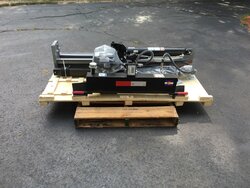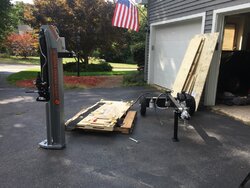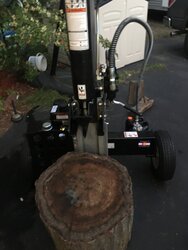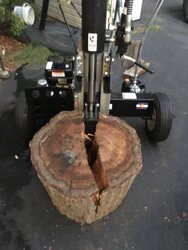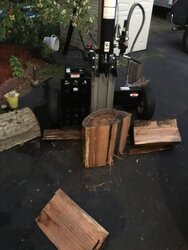Took delivery of my first log splitter on Friday; I had ordered the DHT 22 Ton through Home Depot's website, and shipping was fairly quick. Assembly went smoothly, and the first test split was flawless. I was able to spend a couple of hours on Sunday, working my way through a downed tree, and am impressed by the power of this machine. My only prior splitter experience was using a borrowed splitter that did not convert to vertical; what a back saver this is. My only concern is that I noticed a slight leak from the control valve; it's an intermittent leak, but something I will be keeping an eye on.
